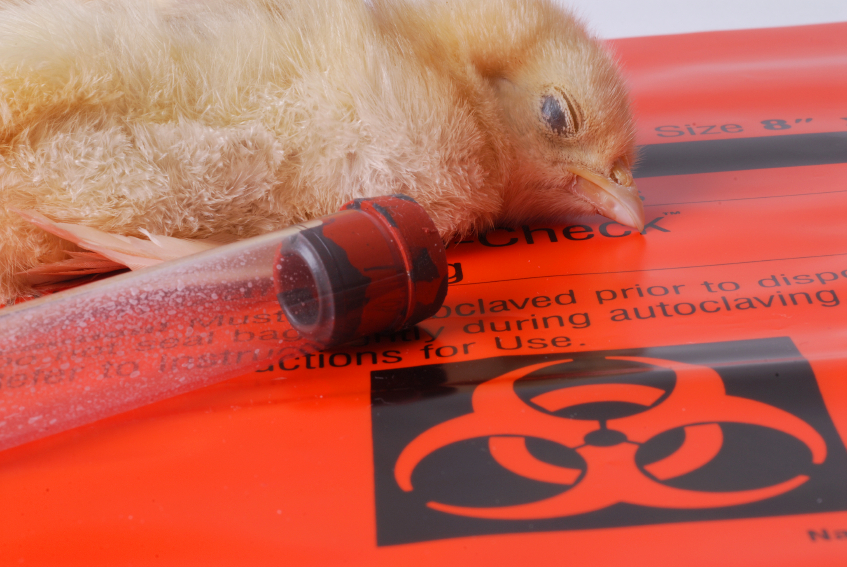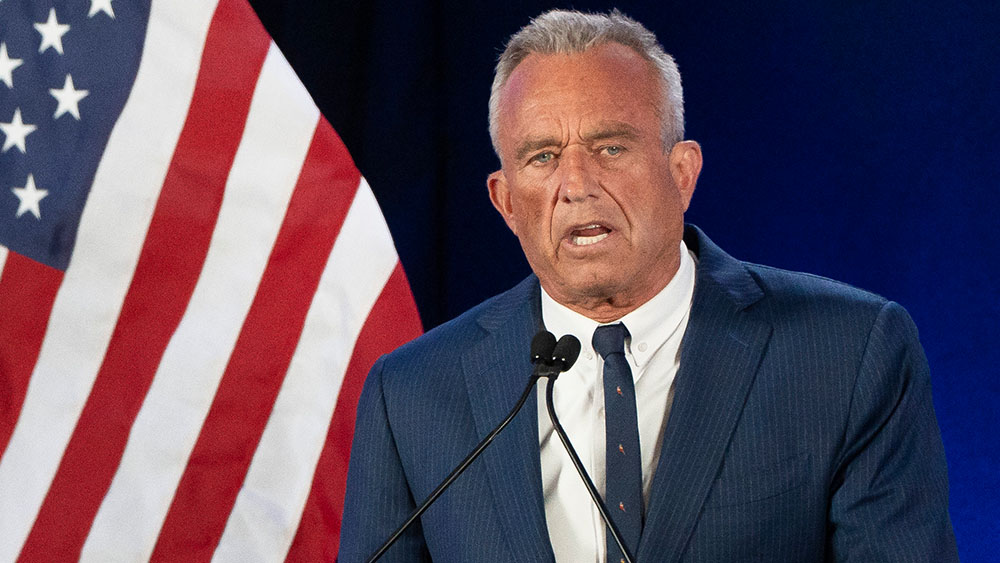The fearmongering doesn’t work: U.S. reports no new cases of BIRD FLU in humans for 3 months
05/25/2025 / By Ava Grace

- The U.S. has reported no new human bird flu infections since February, puzzling experts. While the CDC attributes this to declining animal cases, some suspect undetected infections, especially among farmworkers avoiding testing.
- California, previously the outbreak epicenter, has seen a dramatic decline in human testing, only four tests recorded in March and April combined, with none in May.
- The CDC suggests the lull may reflect seasonal patterns, but critics argue severe cases should still be detected. Others warn that surveillance has weakened due to staffing shortages and reduced federal efforts.
- Immigrant workers – disproportionately affected – may avoid testing due to fear of deportation, potentially masking ongoing infections.
- Despite the decline, researchers stress H5N1 remains a threat. Ongoing studies aim to track exposure, but funding and political challenges hinder preparedness efforts. The CDC maintains a “moderate” pandemic risk assessment.
For the past three months, not a single new human case of H5N1 bird flu has been officially reported in the U.S. – leaving scientists and health officials scratching their heads. According to the Centers for Disease Control and Prevention (CDC), the decline in cases aligns with reduced infections in animals.
While others would celebrate this development, so-called “public health experts” saw an opportunity to sow fear among the population.
According to these experts, the absence of reported human cases may not mean the virus has retreated. Instead, they fear infections are slipping under the radar, particularly among farm workers who may be avoiding testing due to fear or lack of access.
Over the past 14 months, H5N1 bird flu has infected at least 70 Americans, most of them dairy and poultry workers. Only one fatality was reported, in Louisiana, with the majority experiencing mild symptoms. Yet since early February – when the CDC confirmed cases in Nevada, Ohio and Wyoming – the agency has recorded no new human infections. (Related: BIRD FLU SCAM: Neither CANADA nor MEXICO have killed a single chicken due to Bird Flu because mysteriously Bird Flu DOES NOT CROSS BORDERS.)
California, once the epicenter of the outbreak, has seen testing plummet. During the height of H5N1’s spread this year, the Golden State accounted for three-quarters of the nation’s dairy cattle infections. State records show just three people were tested in March, one in April and none so far in May – with the last confirmed human case in the state recorded on Jan. 14.
Seasonality or surveillance failure? More like sick and tired
One possible explanation is natural seasonality. CDC officials note that bird flu cases historically peak in the fall and early winter, coinciding with wild bird migrations. If this pattern holds, the current lull may be temporary.
But skeptics argue that even with seasonal declines, some cases should still be detected – especially severe ones requiring hospitalization. Michael Osterholm, an infectious disease expert at the University of Minnesota, acknowledged that mild cases could go unnoticed but doubts that serious infections would escape detection.
Another theory brought up by fearmongering skeptics is that surveillance efforts have weakened. The U.S. Department of Agriculture (USDA) and the Food and Drug Administration (FDA) have faced staffing shortages due to resignations and budget cuts.
Angela Rasmussen, a virologist at the University of Saskatchewan, suggests that “targeted surveillance has really dropped off precipitously” under recent federal policies. She also raises concerns that immigrant farm workers – who make up a significant portion of those infected – may be avoiding testing out of fear of deportation.
The CDC maintains that the decline in human cases mirrors falling infection rates in animals. “Given the fact that the number of animal detections has fallen according to USDA data, it’s not surprising that human cases have declined as well,” the agency stated.
Despite the uncertainty, research continues. Texas A&M University scientists are conducting a CDC-funded study testing dairy workers for past H5N1 exposure. Meanwhile, University of Maryland researcher Kristen Coleman is investigating infections in domestic cats – oddly mirroring an episode of “The Simpsons” from 2010 about “house cat flu.”
Watch this clip from “The HighWire with Del Bigtree” about the mainstream media stoking fears of bird flu.
This video is from the Sanivan channel on Brighteon.com.
More related stories:
US government diagnosing chickens with bird flu using fraudulent PCR tests, then slaughtering them.
Deborah Birx’s bird flu fearmongering campaign.
Bird flu hysteria: Another government-backed fear campaign?
Sources include:
Submit a correction >>
Tagged Under:
avian influenza, big government, bird flu, Centers for Disease Control and Prevention, deception, fearmongering, H5N1, infections, lies, outbreak, panic, U.S. Department of Agriculture
This article may contain statements that reflect the opinion of the author
RECENT NEWS & ARTICLES
COPYRIGHT © 2017 BIG GOVERNMENT NEWS





















